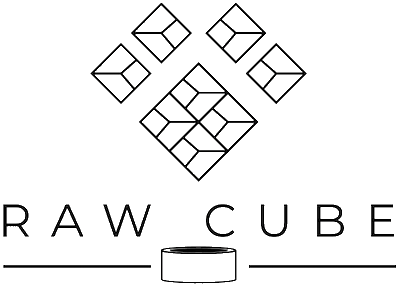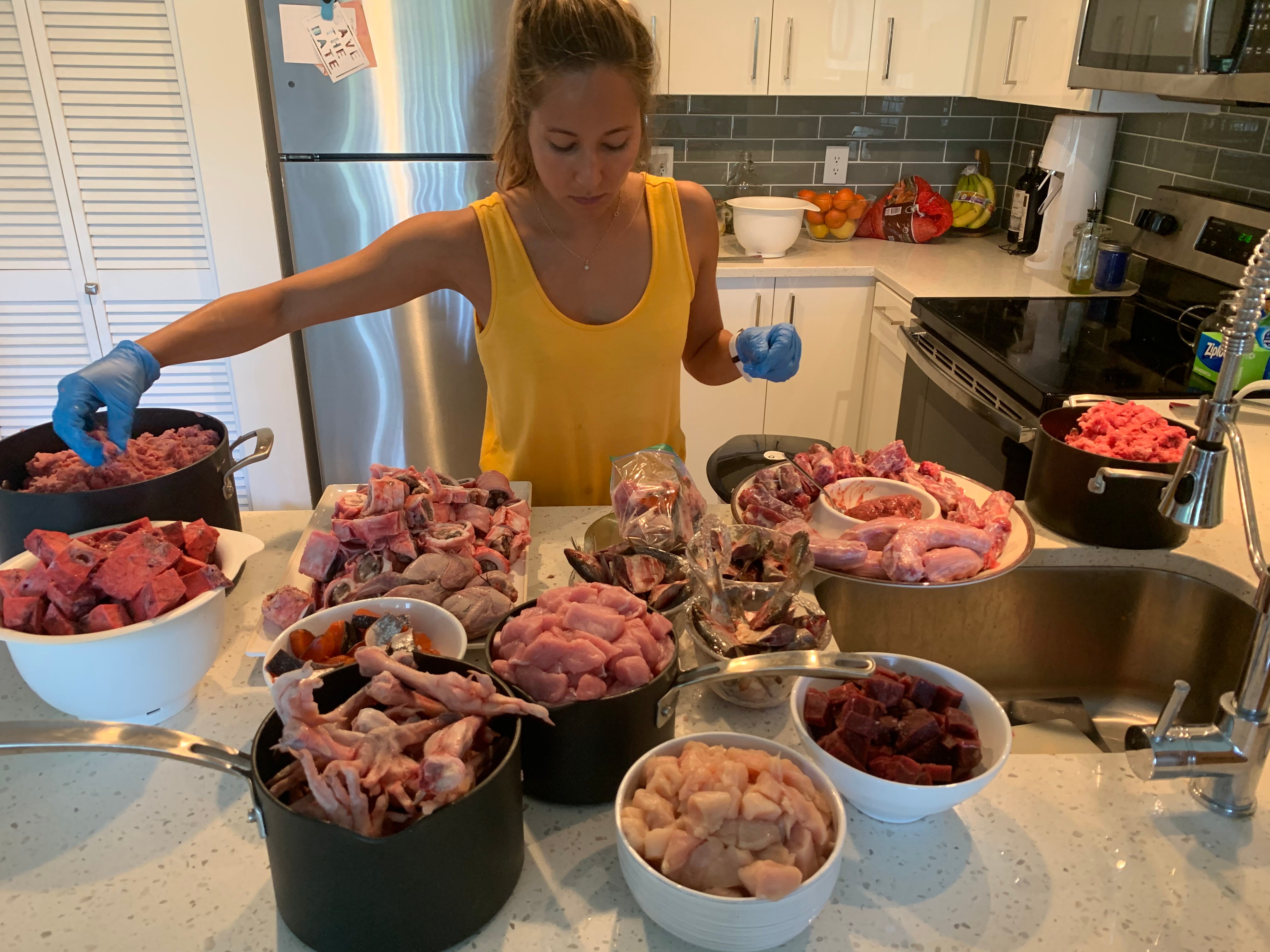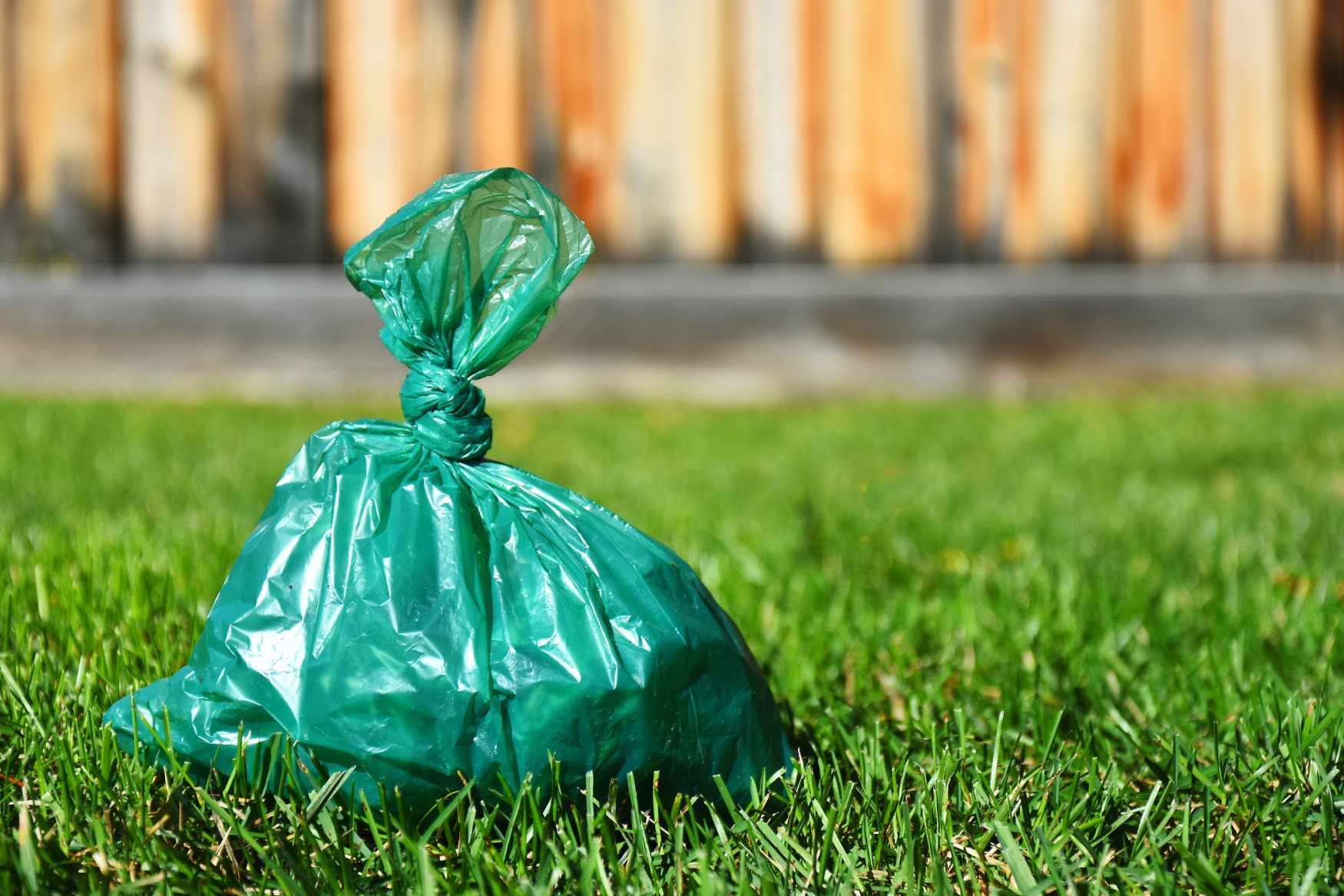
Formulated Raw Dog Food Diets for Dogs with Disease: What You Need to Know
Feeding a dog with a chronic illness, cancer, or other serious medical condition is complex, especially if you’re considering a raw diet. While raw feeding (including BARF and PMR models) is popular among pet owners, formulating a raw diet for a sick dog is far more challenging than feeding a healthy adult dog.
Why Customization Is Critical
No single diet or recipe fits all sick dogs (or healthy ones for that matter). The right nutritional approach depends on many factors, including:
-
The specific disease (e.g., kidney, liver, cancer, pancreatitis, gastrointestinal)
-
The stage and severity of the condition
-
Dog’s age, and weight (potentially breed)
-
Current and past diet history
-
Recent blood work and lab results
-
Medications and concurrent health issues
Each of these factors can dramatically affect nutritional requirements and food tolerances.
Why Raw Cube Does Not Provide Recipes
Because of the complexity and various factors involved, Raw Cube does not provide specific recipes or recommendations for dogs with illnesses. Custom formulation for sick dogs requires expert input and ongoing monitoring. Even small errors in nutrient balance can have serious consequences for dogs with compromised health.
Recommendation : Perfectly Rawesome Theraputic Diets or Nutritional Consultation
What to Be Cautious Of
Nutritional Imbalances and Deficiencies
Sick dogs often have altered needs for protein, fat, vitamins, and minerals. Raw diets, especially homemade or unbalanced commercial options, can easily lead to deficiencies or excesses that worsen the disease or slow recovery.
Digestibility and Tolerance
Dogs with certain diseases may not tolerate raw diets well. For example, dogs with cancer may need more energy-dense, highly digestible foods, while dogs with liver or kidney disease may require strict control of protein, phosphorus, or copper.
Monitoring and Adjustments
Ongoing blood work and veterinary monitoring are essential. Nutritional needs can change rapidly as disease progresses or improves.
How Much to Feed
There is no standard answer. Caloric and nutrient needs vary widely based on:
-
Disease type and stage
-
Body condition and muscle mass
-
Activity level and appetite
Feeding amounts must be tailored and adjusted frequently, often with the help of a veterinary nutritionist.
Raw Cube Recommendation : Consult the Experts
Always consult an accredited veterinarian and a board-certified veterinary nutritionist before making any dietary changes for a dog with a medical condition. Only these professionals can interpret blood work, assess disease status, and design a diet that meets your dog’s specific needs while minimizing risks.
“Both raw and cooked pet food can be made with high-quality or low-quality ingredients. Both raw and cooked pet food can be nutritionally balanced or inadequate.”
— Centers for Disease Control and Prevention (CDC)
Resources :
-
Center, S. A. (2009). Nutritional support for dogs and cats with hepatobiliary disease. Veterinary Clinics of North America: Small Animal Practice, 39(3), 481–506. https://doi.org/10.1016/j.cvsm.2009.02.003
-
Laflamme, D. P. (2012). Nutrition for dogs and cats with liver disease. Compendium: Continuing Education for Veterinarians, 34(6), E1. https://www.dvm360.com/view/nutrition-dogs-and-cats-liver-disease
-
Davies, M., & Lawler, D. (2018). Raw diets for dogs and cats: a review, with particular reference to microbiological hazards. The Veterinary Record, 182(2), 50. https://pmc.ncbi.nlm.nih.gov/articles/PMC6849757/


